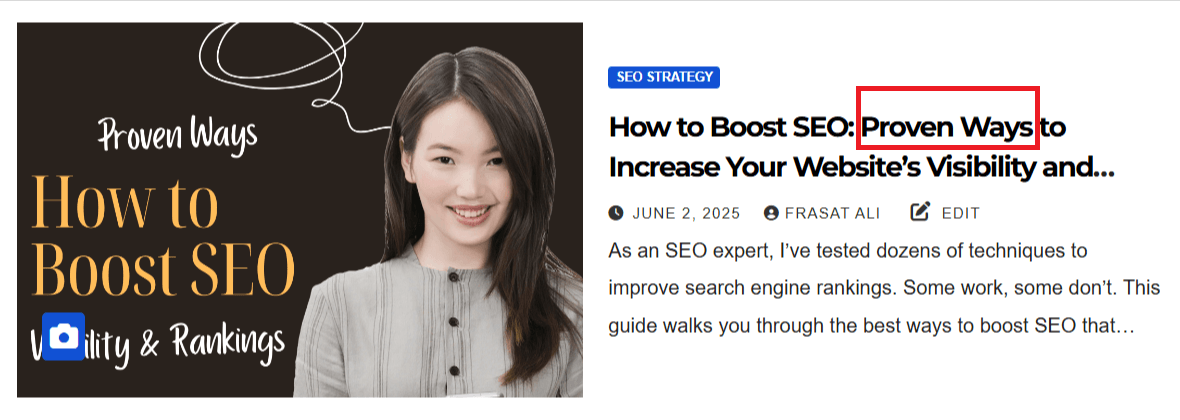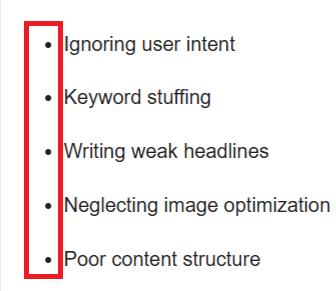I’m Frasat Ali, and I’ve spent over 10 years helping websites rank higher on Google. This article is based on real work I’ve done with clients across industries. No theory—just hands-on experience. In this guide, I’ll explain how Google uses user behavior to rank websites and what you can do to improve your own SEO using these signals.
What Are SEO Behavioral Factors?
SEO behavioral factors are signals based on how users interact with your website. Google doesn’t just read your content—it watches how people use it. These factors include:
-
Click-Through Rate (CTR)
-
Bounce Rate
-
Dwell Time
-
Pogo-Sticking
-
Return Visits
-
Time on Page
-
User Engagement
These help Google understand if people like your content or not.
Why SEO Behavioral Factors Matter
Google’s job is to give users the best answer. If someone clicks on your site and quickly leaves, it tells Google your content wasn’t helpful. But if someone stays, scrolls, clicks around, and even comes back later—that’s a good sign. Behavioral signals help improve your:
-
Search engine rankings
-
Conversion rates
Click-Through Rate (CTR)
CTR means how often people click on your page after seeing it in search results. If your title and meta description are interesting, more people will click.
Tips to boost CTR:

-
Use numbers (e.g., “5 Tips to…”)
-
Add power words (like “Proven” or “Simple”)
-
Include the main keyword
-
Match the user’s intent
Bounce Rate
Bounce rate shows how many people leave your page without doing anything else. A high bounce rate means people didn’t find what they needed.
To lower bounce rate:
-
Write clear, helpful content
-
Improve your page speed
-
Use engaging images or videos
-
Make your content easy to scan
Dwell Time
Dwell time is how long a user stays on your page before returning to the search results. Longer dwell time usually means your content is useful.
To improve dwell time:

-
Put your best content near the top
-
Break long text into sections
-
Add internal links to guide users deeper
Pogo-Sticking
This is when someone clicks on your site, then quickly bounces back and clicks a different result. It tells Google that your content wasn’t helpful.
How to avoid it:
-
Answer the user’s question right away
-
Make content readable and clear
-
Avoid clickbait titles that don’t deliver
Time on Page
If users spend a long time on your page, that’s a good sign. It means they’re reading and getting value.
Boost time on page with:

-
Bullet points and subheadings
-
Interactive elements (polls, quizzes)
-
Helpful examples and real experiences
Return Visits
When people come back to your site, Google sees it as a trust signal. It means your content is valuable enough to remember.
To increase return visits:

-
Add related post links
-
Use email sign-ups
-
Provide ongoing value (guides, updates)
How to Improve User Behavior for SEO
Here are practical steps I’ve used for years to boost SEO with better user behavior:
1. Make Content Easy to Read
-
Use simple language
-
Short sentences and paragraphs
-
Avoid jargon and technical terms
2. Match Content to Search Intent
Ask yourself: What does the user really want? Are they looking to buy, learn, or solve a problem?
3. Improve Site Speed

No one likes slow websites. Compress images, use caching, and remove extra scripts.
4. Use Strong Visuals
-
Add infographics or screenshots
-
Use videos to explain complex ideas
-
Place images near key points
5. Mobile Optimization
Most users search on their phones. Make sure your site works well on all screen sizes.
Table: SEO Behavioral Factors vs. Optimization Tips
| Behavioral Factor | What It Means | How to Improve |
|---|---|---|
| CTR | How often do users click your link | Write better titles and meta descriptions |
| Bounce Rate | Users leaving without interaction | Clear answers, fast load times |
| Dwell Time | Time spent before returning to Google | Add value, structure content well |
| Pogo-Sticking | Clicking back to search results | Honest titles, clear formatting |
| Time on Page | How long does someone stay | Break up text, add visuals |
| Return Visits | Users are coming back again | Offer series content, encourage sign-ups |
My Real-World Advice
When I work on a new project, I never ignore behavioral signals. I’ve seen sites jump from page 3 to page 1 just by improving bounce rate and dwell time. These are not just “extra tips”—they’re core parts of my SEO strategy. Remember: You’re not just writing for search engines—you’re writing for people. And Google rewards sites that serve people well.
Final Thoughts
SEO behavioral factors are often overlooked, but they matter more than ever in 2025. Google uses these signals to judge your content’s quality. If people enjoy your site, stay longer, and return, your rankings will follow. Focus on helping real people. Use your data to understand what’s working and where people drop off. Over time, small changes in behavior metrics can make a big impact on your SEO. If you’re serious about improving rankings, don’t just write content—optimize how people use it. That’s where the magic happens.
Frasat Ali is a seasoned SEO Manager with over a decade of experience helping websites improve visibility through ethical, data-backed strategies. He shares actionable SEO insights grounded in real-world success. Read More
![]()
